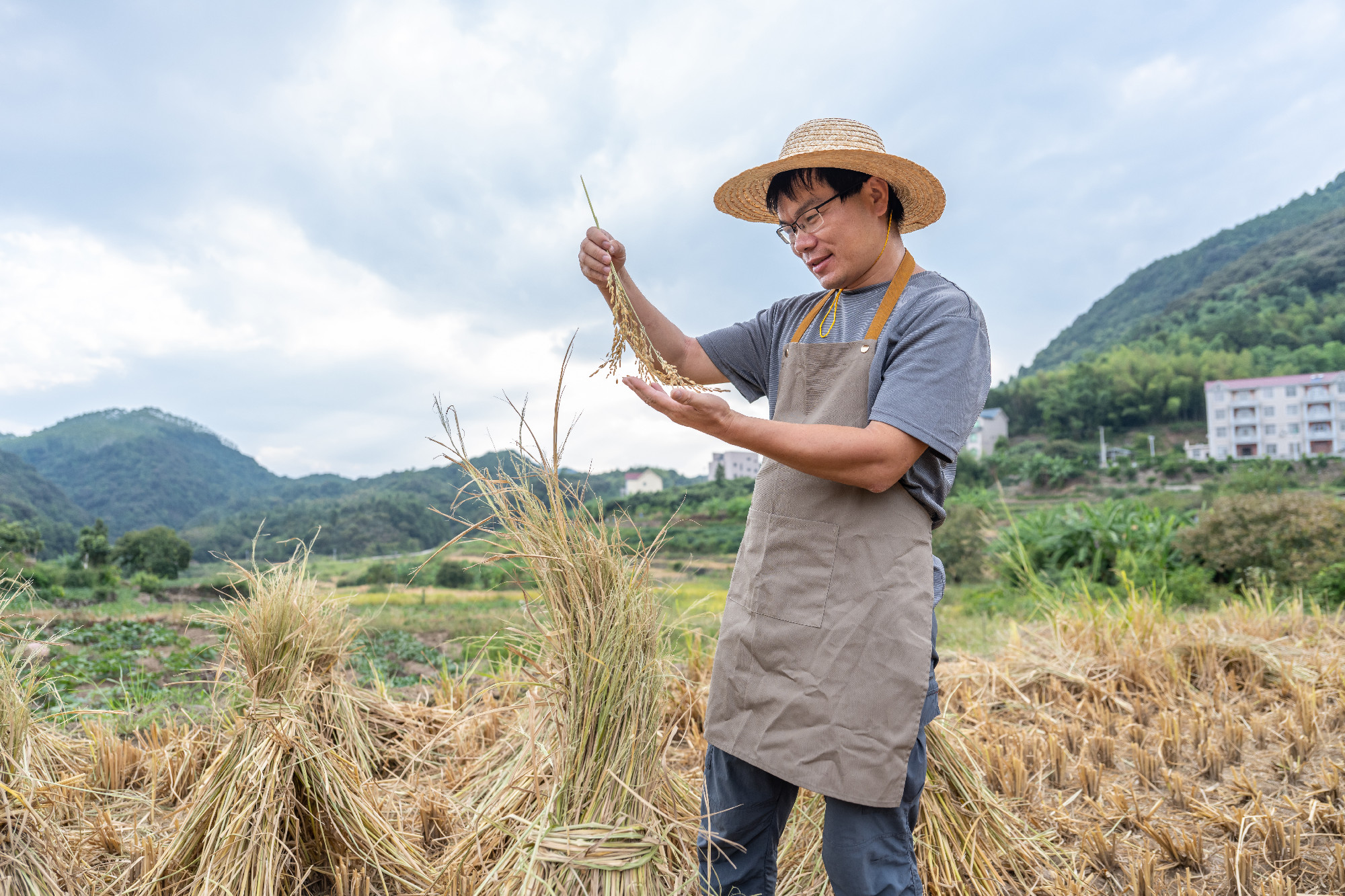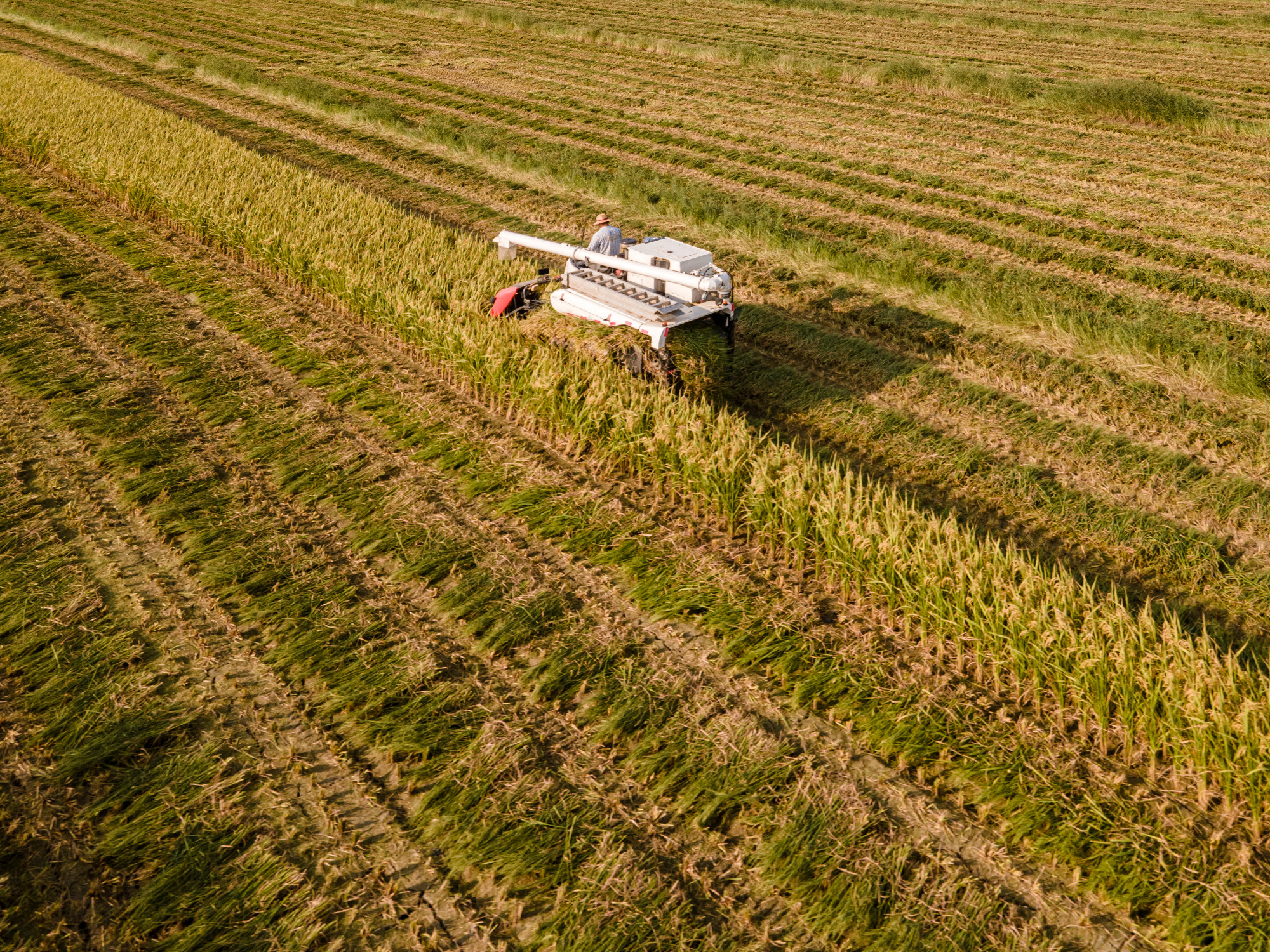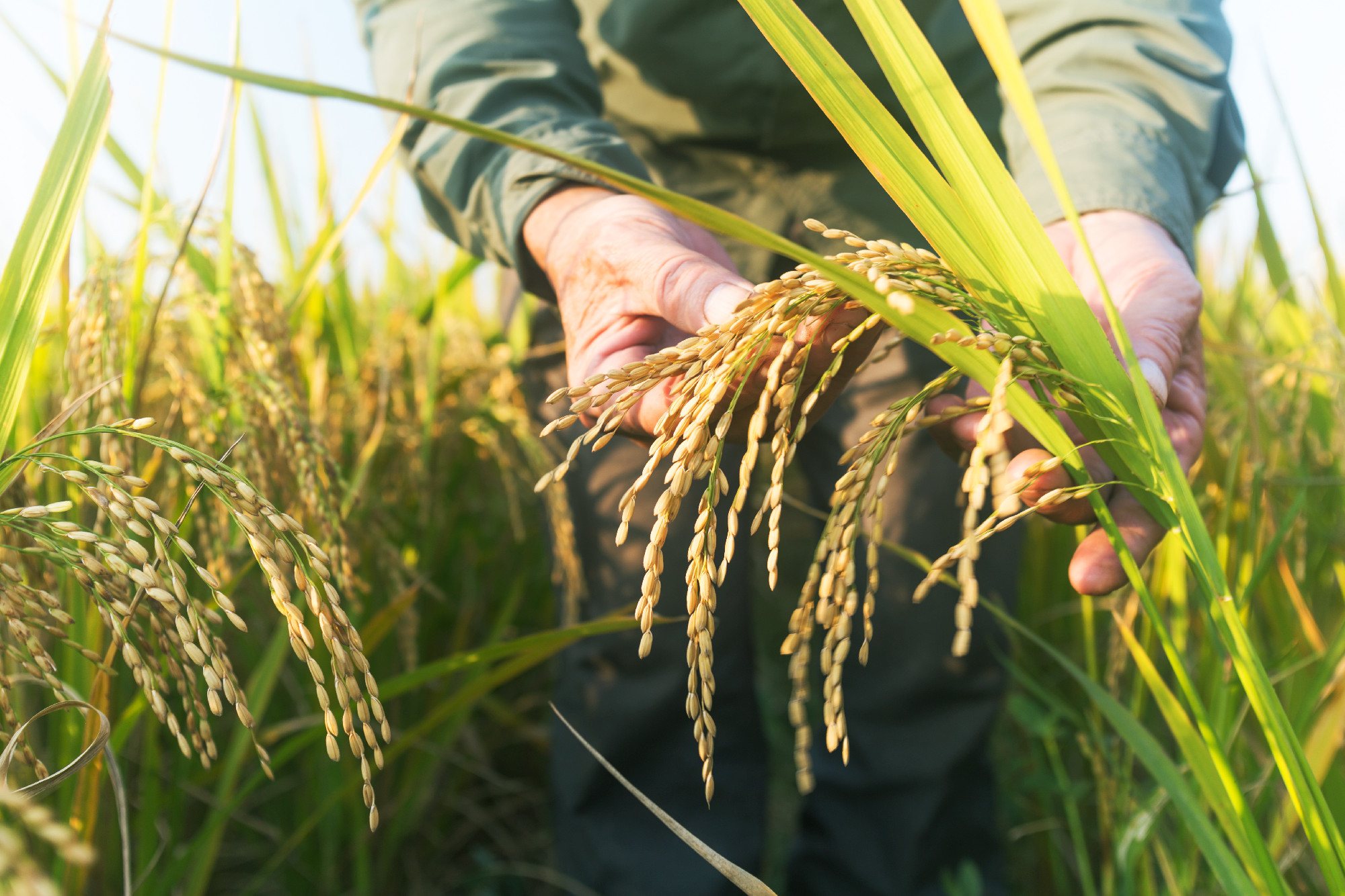Results
Product carbon footprint comparison
- The results of the LCA study show that a farmer has the potential to save 70-80% of the carbon footprint associated with herbicide application when using Rinskor™ active versus propanil. This was demonstrated with a case study for rice fields in China.
- Based on total area of rice farming in China and the current herbicide market, Rinskor has the opportunity to displace propanil on 780,000 ha in the region. If applied at the same rate annually over the next five years, it could prevent 500,000 metric tons of carbon dioxide emissions from rice farming in this market.
70-80%
Potential reduction in carbon footprint associated with herbicide application when using Rinskor™ instead of propanil in rice fields in China.
Equivalent to taking over 100,000 cars off the road for one year.
Equivalent to planting 8 million trees for one year.
More convenient weed control
Products containing Rinskor active are very convenient to use on the farm. Because of the low use rates of Rinskor, farmers don’t need to handle as much product as with other herbicides.
Economic benefit
Mitigate weed resistance with a differentiated mode of action
Biodiversity benefit
Mitigating weeds, without impacting desirable vegetation
Climate benefit
150x lower use rate potential, resulting in up to 500,000 MTCO2e emissions savings over five years
Production improvements of Rinskor™ active since launch in 2018
- Since the time of product launch in 2018, the product carbon footprint of RinskorTM active has been reduced through continuous research and development efforts alongside production improvements.
- The LCA study show that these process improvements potentially lead to a 30% reduction in the product carbon footprint of Rinskor, further demonstrating Corteva’s commitment to delivering more sustainable solutions to farmers.
30%
Potential reduction in Rinskor's carbon footprint with process improvements.
Weed control is a constant battle for farmers, made more challenging when key weed species develop resistance to commonly used herbicides. This is especially true in rice cultivation, where certain grasses have become increasingly difficult to control, threatening crop yield and quality.



